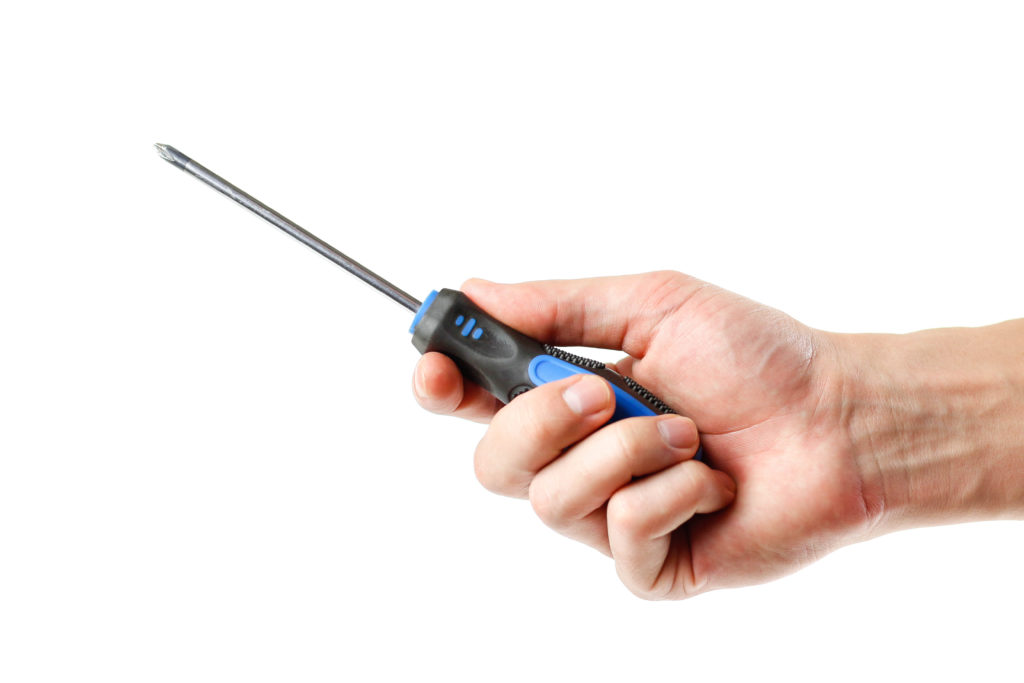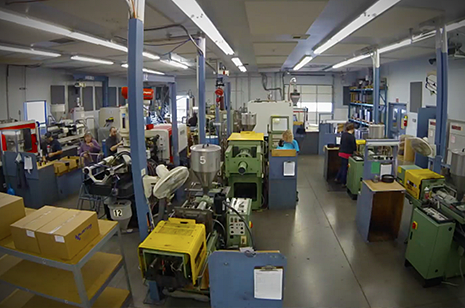- BY nwmcadmin
- POSTED IN Plastic Injection Molding, Product Development, prototyping
- WITH 1 COMMENTS
- PERMALINK
- STANDARD POST TYPE

What is an Overmold?
Overmolding uses two or more different materials to create a single product. For example, overmolding can create a plastic toothbrush with a soft, comfortable handle. The central, usually harder piece, is called the substrate, while the outer material is known as the overmold material.
When creating an overmolded piece, the substrate and the overmold material are often physically interlocked as well as chemically bonded. This helps to ensure that the materials are truly joined together in a single piece.
Overmolding is a common plastic injection molding process.
Why Use Overmolding?
Overmolding is a manufacturing process that allows a product to be made up of more than one material. With overmolding, you can maximize the strengths of different plastics while minimizing their weaknesses. Features like soft grips, watertight seals, and shock absorbance can be easily implemented using this process.
This type of injection molding can also be used to create unique visual properties. Different colors and textures can be mixed and layered in order to create a distinct appearance.
Put simply, overmolding is most often used when you want the strength of hard plastic or metal combined with the rubber-like feel of elastomer. It’s also important to note that using this process can save a considerable amount of time. Rather than creating a plastic toothbrush and a separate flexible handle to be manually attached later, overmolding allows manufacturers to create the entire product with one process.
Insert Molding
A similar process, insert molding incases a complete part (usually metal or plastic) in another material. This process can be used to create a soft product with a hard plastic or metallic core. One of the most common usages of insert molding is to create threaded inserts for screws. These inserts are useful for situations in which the product will see repeated use.
Co-Molding vs. Overmolding
Another process using multiple materials to create a single product, co-molding mixes materials within a mold, resulting in a homogenous piece. Co-molding requires specialized equipment, generally an injection molding machine using two injection nozzles at once. The two nozzles inject different plastics simultaneously, creating a product that is a mixture of both materials.
When to Use Overmolding
Overmolding is useful for products that will benefit from using multiple materials. Common examples include soft-touch handles and gaskets. This procedure is often used to achieve aesthetic results that would otherwise not be possible.
In general, overmolding is used for products that need to be rigid or strong, yet maintain a comfortable and ergonomic grip. As previously mentioned, things like toothbrushes or screwdrivers often utilize overmodling as they need to have a soft grip while still being able to withstand repeated use.
Overmolding can also be used to create flexible areas in a product that would be otherwise rigid. This is very useful as it allows a piece to bend without the introduction of additional moving parts.
The Best of Both Worlds
Overmolding is a common procedure for good reason. It’s used so often in the injection molding business because it can create an incredible variety of everyday products. Beyond the physical applications, it is also a very efficient and cost-effective solution.
If you’re interested in using overmolding to create a product or have any questions about the process, contact us today.



The blog “Overmolding: A Beginner’s Guide” offers a comprehensive introduction to the overmolding process, making it accessible for newcomers to the field. The author effectively explains the benefits of overmolding, such as enhanced product functionality and improved ergonomics, while also outlining the key considerations in design and material selection. This informative guide serves as a valuable resource for professionals looking to expand their knowledge of advanced molding techniques. Thank you for sharing such useful insights, and I look forward to more posts that delve deeper into innovative manufacturing processes!